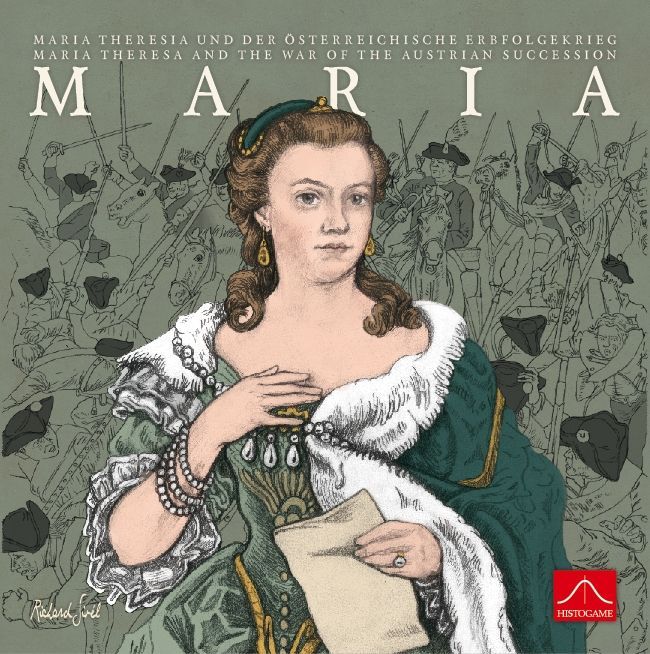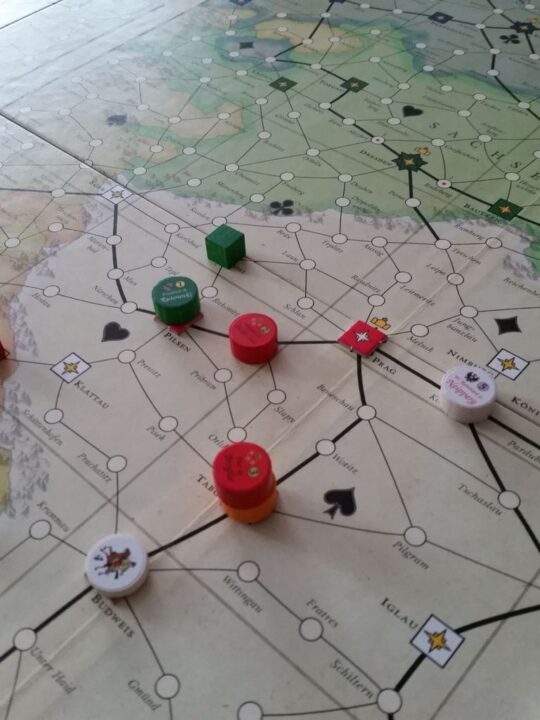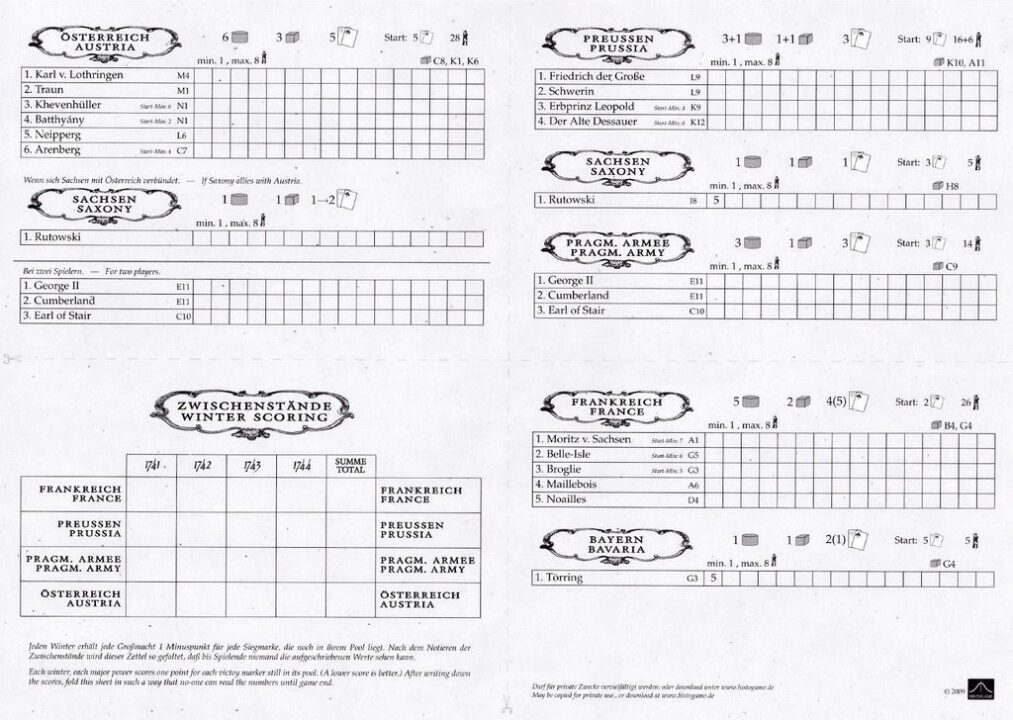Overview
Hey folks, today we’re cracking open the cabinet to bring you a review of ‘Maria‘. This board game takes you back in time, mixing deep strategy with historical intrigue. Stick around as we break down what makes ‘Maria’ a standout choice for your next game night. From its unique gameplay mechanics to the way it weaves historical accuracy into every decision, we’ve got a lot to cover. And of course, we’ll chat about those stunning components and the learning curve that might have you scratching your head at first but promises dynamic player interaction once you get the hang of it. So, grab your favorite beverage, and let’s get into it.
How It Plays
Setting up
First, unfold the game board, showing 18th-century Europe. Each player picks a faction: Austria, France, or Prussia. Place armies in starting positions as indicated in the rulebook. Sort event and battle cards into their decks. Finally, set up the political influence track and victory points as instructed. Setup takes about 10 minutes.
Gameplay
Players take turns moving armies, engaging in battles, and playing event cards. Movement is based on generals’ capabilities. Battles use a unique mix of cards and dice, focusing more on strategy than luck. Political maneuvers on the board and card play can shift alliances and influence. It’s a turn-based strategy game, with each turn consisting of several phases: movement, battle, and political action.
Winning the game
The game ends when one player achieves their faction’s victory condition, which varies. Austria and Prussia win by controlling specific territories and achieving political goals, while France aims for military dominance. Victory requires a blend of military strategy, cunning diplomacy, and timely card play.
Want to know more? Read our extensive strategy guide for Maria.
Maria Board Game: Mastering Gameplay and Balance
Let me tell you, playing Maria is like being a general in your own historical drama. The gameplay mechanics are a fascinating blend of warfare, diplomacy, and strategy, set against the backdrop of 18th-century Europe. You’ve got this unique three-player system where one player takes on the role of France and the Austrian Pragmatic Army, another controls Prussia and the Pragmatic Army, and the last player champions Austria. It sounds complex, and it is at first, but stick with it. The real genius is in how well-balanced these powers are, despite their differing goals and resources. I was genuinely impressed by the lack of luck-based elements, which means victory leans heavily on your strategic prowess. Just when you think you’ve got it all figured out, the game throws a curveball that keeps things fresh and engaging.
Now, let’s march forward and delve into the historical accuracy and theme integration of Maria.
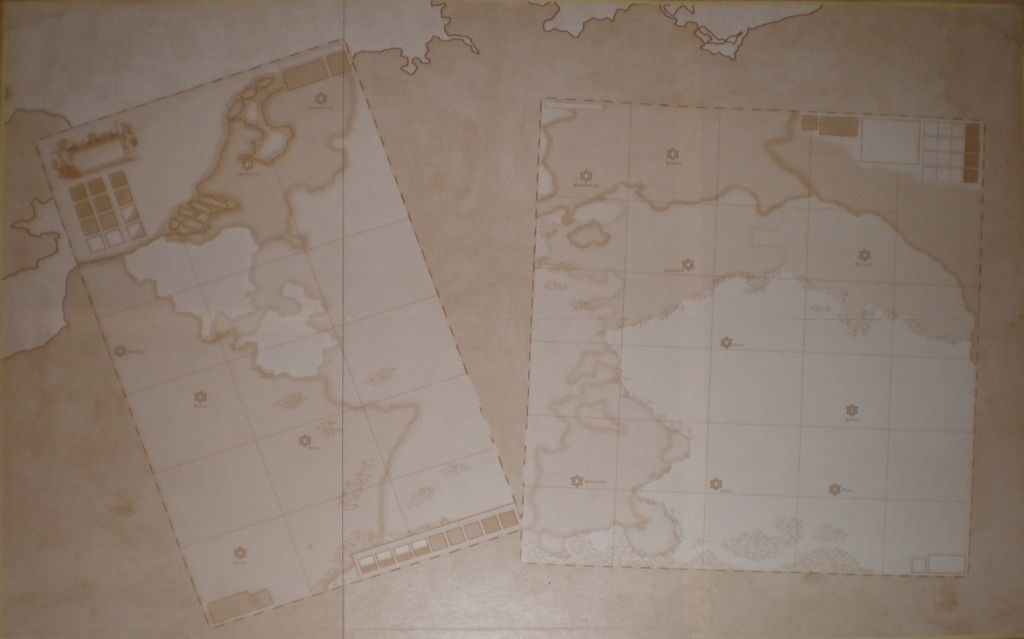
Marching Through History in ‘Maria’
When it comes to ‘Maria’, the board game doesn’t just invite you to the table; it transports you back to 18th-century Europe with its rich, historical tapestry. The game is a love letter to the War of Austrian Succession, focusing on the struggle between Austria, France, Prussia, and their allies. What makes ‘Maria’ stand out is not just its strategic depth but how seamlessly it integrates historical events and figures into its gameplay mechanics. You’re not just moving pieces on a board; you’re maneuvering historical armies, led by figures such as the eponymous Maria Theresa. This integration of theme not only makes for a compelling gameplay experience but also a mini-history lesson.
Up next, we’ll take a closer look at the game’s component quality and artwork, which is another battlefield where ‘Maria’ shines.
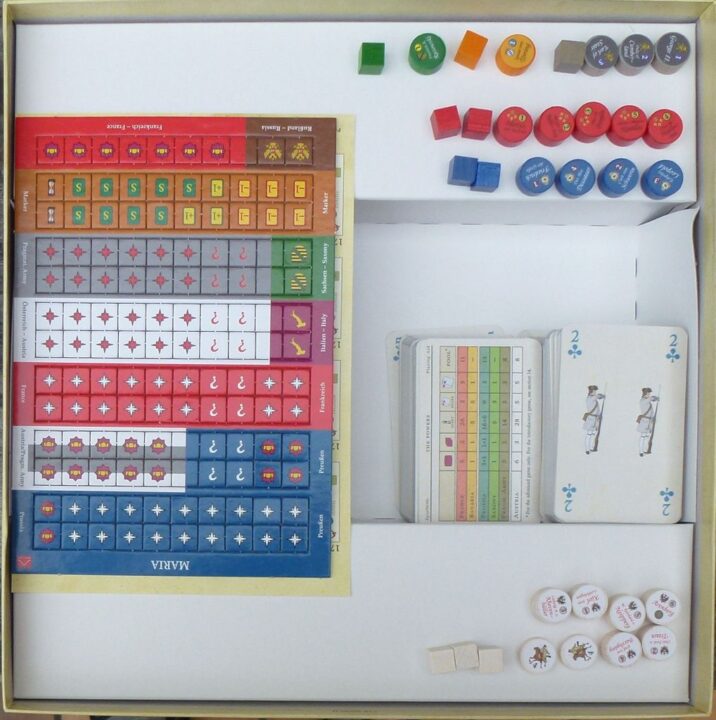
Unboxing ‘Maria’: A Feast for the Eyes
When you first lay eyes on Maria, you’ll notice the high-quality components and stunning artwork that fill the box. The game’s map is a real piece of art, showcasing Europe with a historical and aesthetic touch that’s rare in board games today. Each piece, from the intricate soldiers to the detailed castles, feels durable and well-crafted. It’s clear the designers put a lot of effort into choosing materials that would stand the test of time and numerous gameplay sessions.
Artwork That Tells a Story
The artwork doesn’t just serve a cosmetic purpose; it immerses you into the era the game is set in. Every card and token tells a piece of the story, making you feel like you’re truly influencing the outcome of historical events. This attention to detail extends to the rulebook, which is both a guide and a miniature history lesson.
As we admire the artwork and components, let’s not forget that a beautiful game must also be playable. Up next, we’ll explore Maria’s learning curve and player interaction.
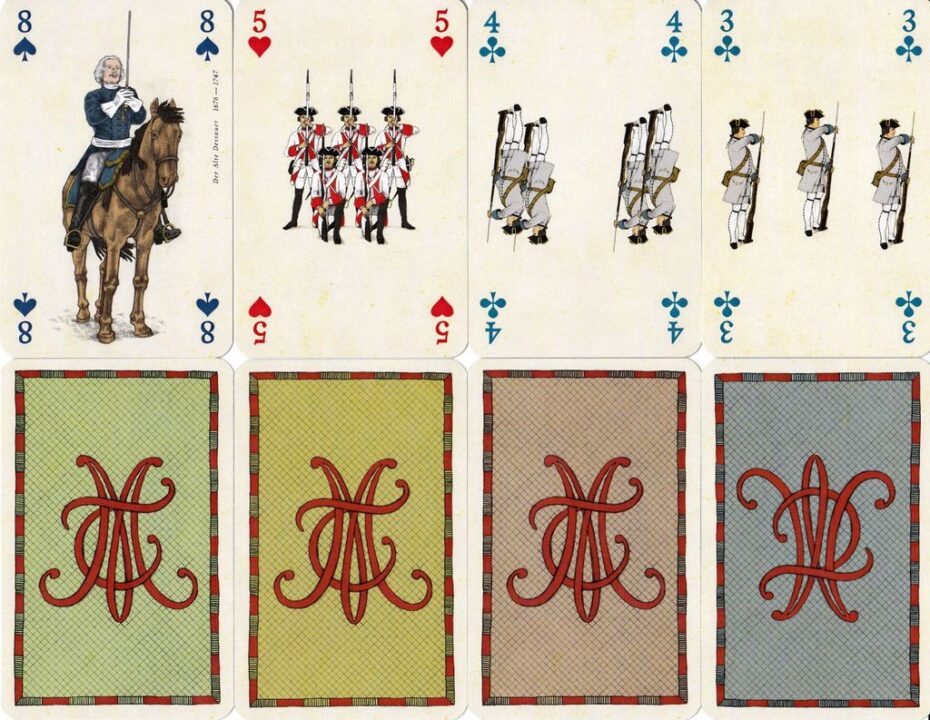
Mastering Maria: A Journey Through Its Learning Curve and Player Dynamics
Okay, let’s chat about ‘Maria’s learning curve and the way it gets players to interact. First off, ‘Maria’ isn’t your grab-and-go kind of game. It’s a bit like trying to learn how to ride a bike with no hands at first. You might wobble, maybe even fall off a couple of times. But once you get it, oh boy, you’re in for a smooth ride. The game is deep, with layers of strategy that make each playthrough unique.
Now, about player interaction – ‘Maria’ thrives on it. The negotiation, the alliances, the backstabbing… it’s what breathes life into the game. It’s like being in an episode of ‘Game of Thrones,’ but with less dragons and more historical figures. So, would I recommend it? Absolutely. If you’re up for a challenge and love games where your brain gets as much of a workout as your friendships, ‘Maria’ is your game.
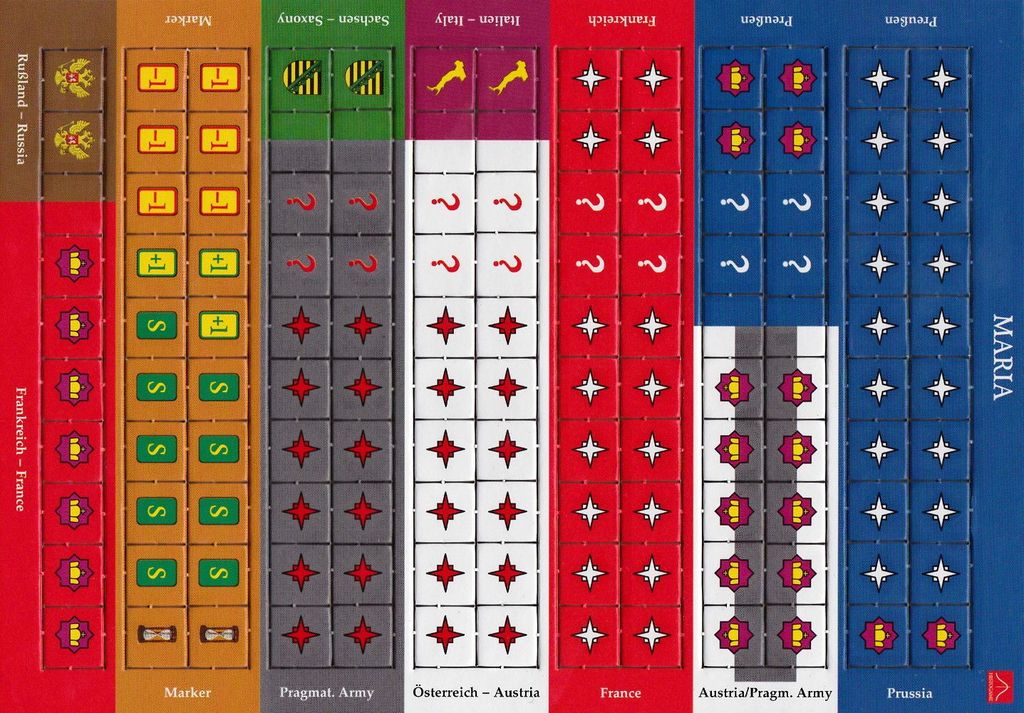
Conclusion
Wrapping up, ‘Maria’ stands out as a board game that brilliantly fuses deep strategic gameplay with a rich historical theme. The learning curve is steep, but it’s worth the climb for the dynamic player interaction and the satisfaction of mastering its mechanics. Its components and artwork are top-notch, further immersing players in the 18th-century setting. While the balance between skill and luck is finely tuned, ensuring a fair challenge, it’s the educational value and strategic depth that truly make ‘Maria’ shine. This game isn’t just about winning; it’s about planning, negotiation, and, above all, learning from history. So, if you’re in for a game night that’s as enriching as it is entertaining, ‘Maria’ is a choice you won’t regret. This concludes our dive into ‘Maria’, a game that’s both a journey through history and a testament to skillful board game design.

